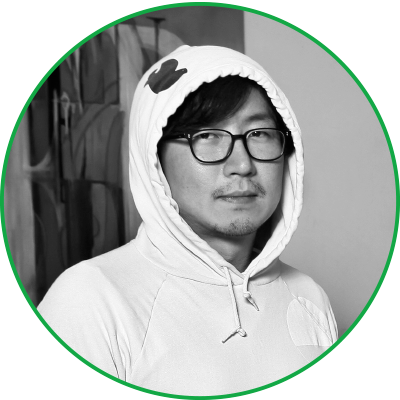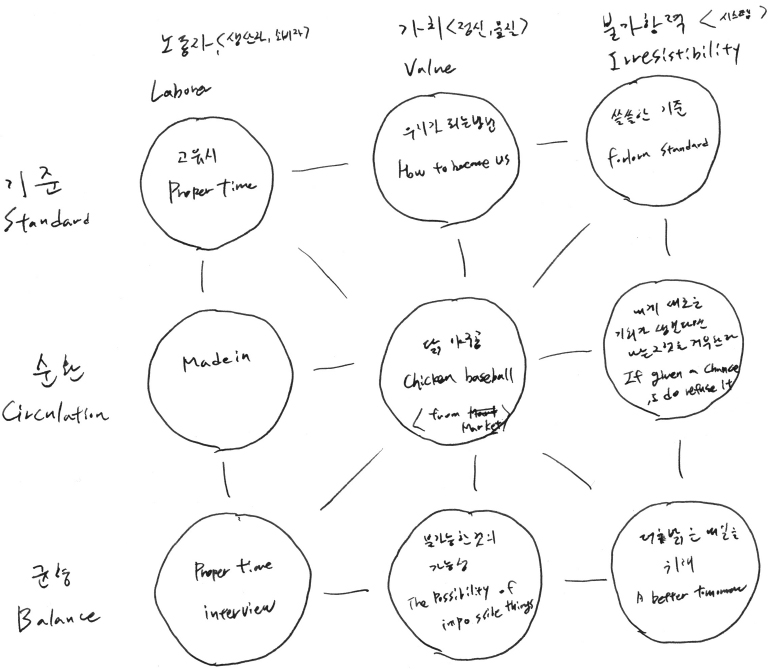
After graduating from college, I felt as if I had been released from a factory—not unlike a product of complex production processes that had been branded and was ready to be circulated. Choosing from the limited options available to me in my art education seemed comparable to choosing a ride in an amusement park. Riding a merry-go-round or a Ferris wheel can be pleasant or dull, while a rollercoaster or a walk through the haunted house can provide a thrill or a scare. But to me, these rides only register one’s physical reactions. I wanted to address this situation in my work.

Since childhood, I have sensed some kind of eeriness residing in abandoned objects. Later, when I studied social economics, I realized that I could analyze this sensation in some depth. Abandoned objects are deprived of their utility value, their exchange value, and therefore their commercial value, so I was able to approach them using concepts of material and function. Through these objects that had been divested of their value, I wanted to touch the heart of what has caused our contemporary situation.
Lee WanApril 2017
LEE WAN
B.1979, SEOUL
- Born and raised in Seoul, Lee Wan graduated from Dongguk University with a degree in Sculpture. He won the 1st Art Spectrum Artist Award organized by LEEUM, Samsung Museum of Art in 2014, and began to receive spotlight after participating in the 10th Gwangju Biennale Burning Down the House the same year. Lee’s representative work is the Made In series, in which the artist produces a single meal at the end of the series with ingredients and tools he made first-hand in various Asian countries he traveled to. Lee Wan’s practice spans across various genres, such as video documentary, installation, sculpture and photography, through which he explores global cultural phenomena influenced by the capitalist system, hybrid or reformed traditions, and individual lives under these irresistible forces.